
ENVE is the most famous name in carbon fiber mountain bike wheels, and for good reason. The Utah-based company is constantly pushing the envelope of carbon wheel technology, and the brand’s new M8 enduro wheels are no exception. The new M8 reduces stiffness in order to be more compliant. The change in tuning is accompanied by front and rear-specific rim design, and a whole host of other technical features.
So, how did the M8 stand up to the abuse? Read on to see the punishment I doled out…
ENVE M8 key specs
- Carbon rims
- Available in 29″ front and rear (tested), and 27.5″ rear
- Innerdrive hub with 9°, 6°, 4.5° (stock), or 3.6° of engagement
- Weight, with centerlock to 6-bolt brake adapters: 1010g front, 1200g rear
- Price: $1,035 front, $1,265 rear
- Buy from ENVE

The ENVE M8 is less stiff
It turns out that stiffer isn’t always better. If your wheels are too stiff, they can chatter through the rough and unnecessarily beat you up. ENVE recognized that its previous wheels may have been too stiff, and so, they made the new M8 a bit more flexible, aka “more compliant.” “The M8 is 73% more compliant than the previous generation M730, and 76% more compliant than the M930,” according to the brand.

Front and rear-specific rim design
Front and rear wheels take different types of impacts, and ENVE designs its front and rear rims differently to accommodate the unique demands. Many riders run a wider front tire and a narrower rear tire, so the M8’s front rim measures 32mm wide internally, and the rear measures 29mm. I tested the wheels with a 2.6″ tire up front and a 2.4″ tire in the rear.
Share your ENVE M8 mountain bike wheels review
Riders are also much more likely to flat a rear tire than a front tire, as I can personally attest. Both of the M8 rims are designed with a wide hookless bead, which provides pinch flat protection — a claimed 50% lower likelihood of pinch flats, according to ENVE. To increase the protection in the rear, the rear rim features a wider rim wall than the front.
The front rim features a 28-spoke design, while the rear rim has 32 spokes.

Innerdrive hubs allow adjustable engagement
Many brands have begun utilizing DT Swiss’s ratchet-style rear hub design since the patent expired, according to a professional mechanic familiar with the matter. ENVE’s Innerdrive hubs are an example of a recent application of this technology.
“Innerdrive refines and improves upon proven ratchet-driven technologies by increasing the diameter of the ratchets, allowing higher engagement without sacrificing durability,” said ENVE. The increased diameter is advantageous for e-bikers, as they can put more motor-assisted torque through the rear hub. The M8 is e-bike-approved, according to ENVE.
The Innerdrive hubs allow riders to choose the level of engagement that they’d like thanks to an interchangeable Innerdrive Hub Ratchet Kit. The hubs are available in these configurations:
- 40t (9° engagement)
- 60t (6° engagement)
- 80t (4.5° engagement) *Stock
- 100t (3.6° engagement)
Weight notes
ENVE claims that a Boost 29″ wheelset weighs 2030g with rim tape and valves included. However, it seems speccing a centerlock hub when very few riders run centerlock rotors is a cheap way for wheel brands to post lower weights — and ENVE isn’t the only one to do this. After adding the rotor adaptors, I’ve measured the complete 29″ wheelset with rim tape, valves, Superboost rear hub, and Shimano driver, at 2210g for the full wheelset.

Out on the trail
The M8 was developed based on the testing of the M9 downhill wheels, but this lighter model provides a lower weight for riders who are more pedal-inclined. With this gravity-oriented design in mind, I pulled no punches during my test of these burly enduro wheels. I mounted the wheels to a Pivot Switchblade and left the CushCore out of the tires.
During my test, I blasted the M8 down the chunkiest desert trails I could find mid-winter. I ripped down local technical test pieces in Durango like Snake Charmer and rock slab-filled romps in Southwest Utah like St. George’s Zen. Finally, I smashed through endless chunder and sent numerous hucks-to-flat on Moab’s legendary Whole Enchilada shuttle (starting at Kokopelli and going down).
Without a back-to-back test, it’s tough to quantify the claims of increased compliance, but suffice it to say that I found the M8 wheels to hold lines superbly well. On the loose and chunder-filled high-speed descents on Porcupine Rim, the wheels tracked true, and I didn’t feel overly fatigued.
I screwed up plenty of shit, too, including one spectacular crash while trying to pass a rider who was walking down the main line. Despite plowing my front wheel into a massive upturned ledge and getting catapulted over the front, the wheels just kept on trucking. (Remarkably, I ran that one out.)
I’m generally careful to run high enough tire pressures that I won’t flat, but even so, I still hit the front a few times (where I run 7psi less than the rear). Despite a few rim hits, I never flatted or damaged the rim bead. Over the past five years of testing, I’ve found that carbon rims are remarkably more durable to impacts of this nature than the vast majority of alloy rims. While some riders are still skeptical about the durability of carbon, the increased durability provided by carbon rims is why I’ve switched to carbon for all my bikes.

Carbon chips in the rims are worrisome
While I didn’t damage the rim beads in any way, I discovered that glancing blows from loose rocks have chipped the rim’s carbon in several locations, visibly cutting into the carbon weave. This is worrisome. While none of the chips were deep enough for me to stop riding the wheels, the fact that I’ve had several such chips in just a couple of months of riding doesn’t bode well for long-term use.
As mentioned previously, I’ve spent substantial time in the last few years on carbon enduro wheels, including wheelsets from Reynolds and Industry Nine. I haven’t seen any such chips develop on my other wheelsets over the past three years, and yet within two months, the M8 developed multiple chips in the carbon weave.
The chips are likely due to a lack of protective coating. I chipped the protective clear coat on the Industry Nine wheels in many places, but thanks to that coating, the impacts never penetrated the carbon. The M8 wheels, on the other hand, clearly show damage to the carbon weave.
I checked with ENVE to get their perspective on the damage, and here is what Jake Pantone, VP of Product & Brand, had to say:
Our M-Series rims are designed and tested to deliver unprecedented durability. When you consider the nature of mountain biking, it is a given that at some point trail debris will impact the rim, resulting in these sorts of superficial chips, and scratches. If the rim were to sustain damage that rendered it out of commission, ENVE’s Incidental Damage Protection policy would allow the owner to get the rim replaced at no charge.
It’s great to know that ENVE’s warranty covers this type of damage.

Rear hub engagement
While some riders claim that high-engagement hubs cause pedal kickback, kickback only happens with certain suspension designs in specific situations. I’ve personally found the claims to be overblown, and am 100% on team high engagement.
I found the 4.5° of engagement on the stock Innerdrive hub to be noticeably lower than the Industry Nine Hydra hubs I had been riding previously. Switching from a high-engagement hub to a lower-engagement hub was quite an unpleasant shock to the system. Unfortunately, if other riders share my sentiments, they’ll have to pay an additional $100 to swap the ratchet kit for a higher engaging option.

Pros and cons of ENVE M8 mountain bike wheels
Pros
- Comfortable compliance while tracking true through the gnar
- Proven durability from major impacts
- Unique front and rear rim designs are ingenious
Cons
- Additional cost to change the hub ratchet kit
- Damage to the carbon weave from glancing rock strikes
Bottom line
After blasting the ENVE M8 wheels down some of the gnarliest mountain bike trails in the nation, they’ve proven their comfort, reliable tracking, and durability during massive impacts. However, despite no direct damage to the rim beads or any flat tires, glancing rock strikes have gouged the carbon fiber weave on the wheels. This makes me hesitant to recommend the M8, when similar enduro wheels from other brands offer a more effective layer of protection against glancing strikes.


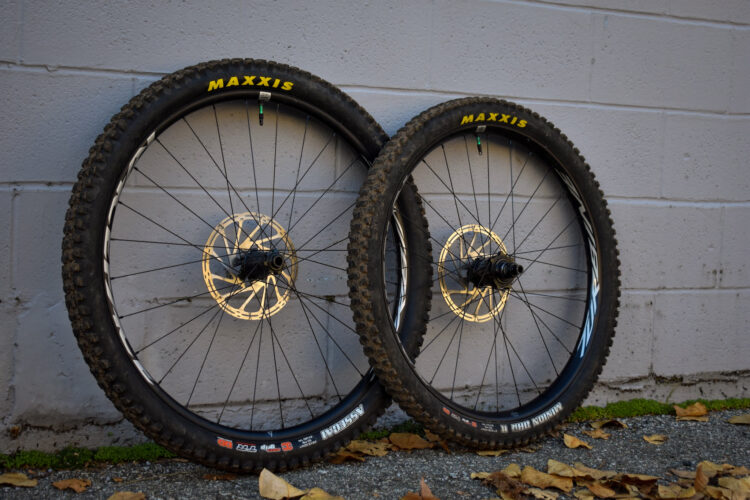


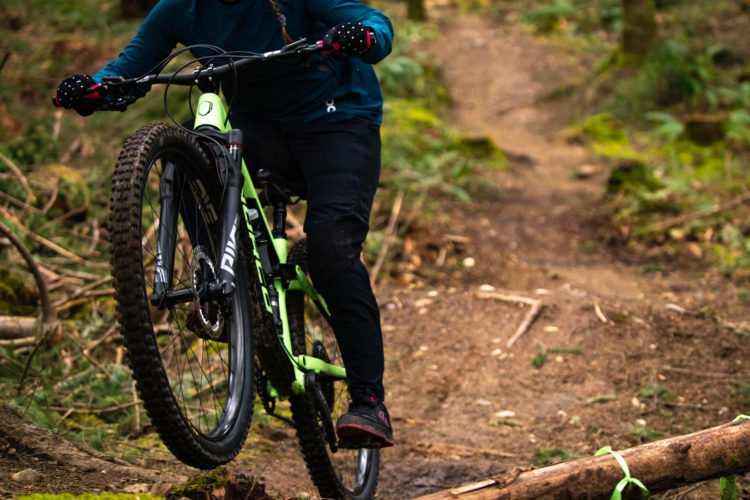
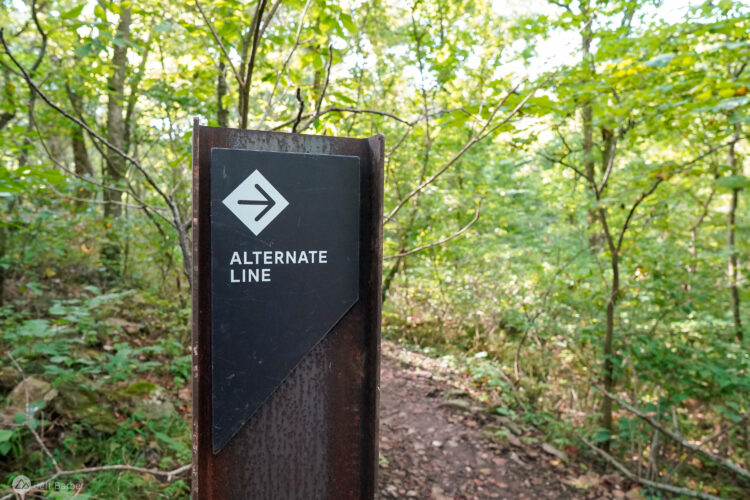
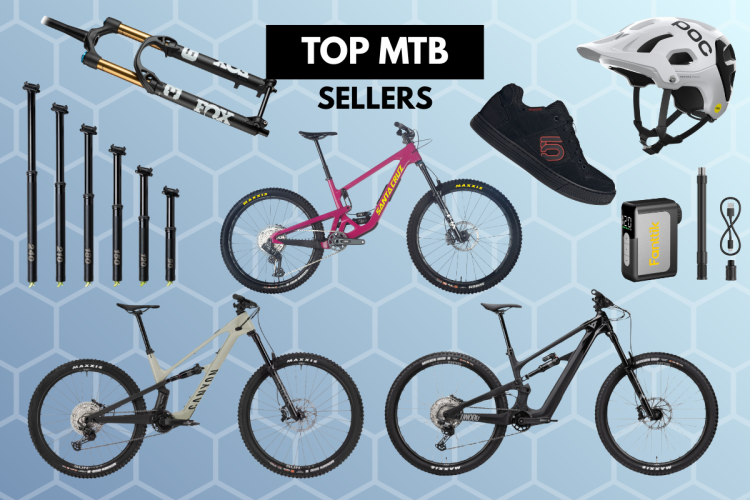

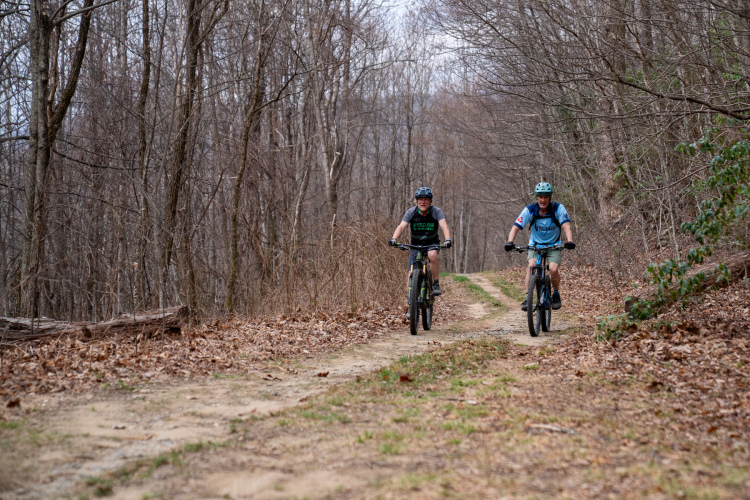

4 Comments
May 9, 2025
May 9, 2025
May 9, 2025
May 9, 2025